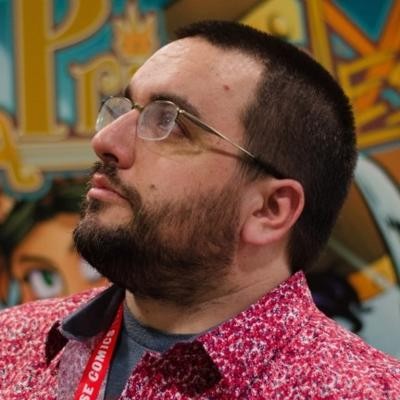We recently connected with Jeremy Whitley and have shared our conversation below.
Alright, Jeremy thanks for taking the time to share your stories and insights with us today. We’d love to hear about how you got your first non-friend, non-family client. Paint the picture for us so we can feel the same excitement you felt on that day.
I started making the books I wanted to make. I came up with ideas and worked closely with artist friends to make books that filled a niche of books I wanted to see. I didn’t know how true it was at the time, but if you’re looking for a story or a project that fits a certain niche, there’s a good chance other people are too. By making something that was my own rather than waiting around for permission to make something, I created a piece of art I could use as my resume that told people both what I could do and what perspective I brought to the work.
I then took this work with me to conventions and sent it to editors. Rather than asking them to imagine what kind of books I might make if they hired me to make them, I could show them what I was already making. My early all-ages books got me an opportunity to pitch to write My Little Pony comics for IDW.
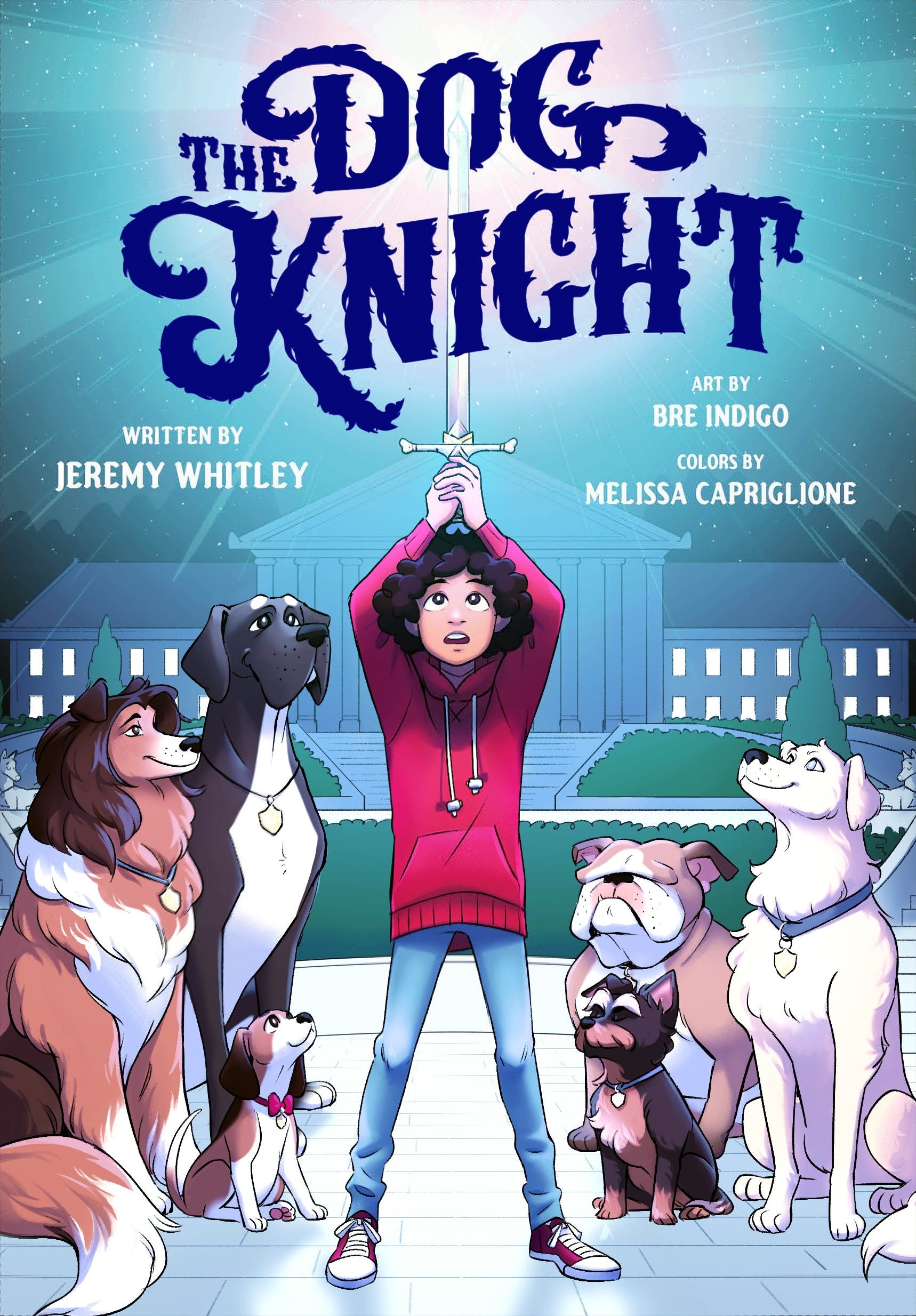

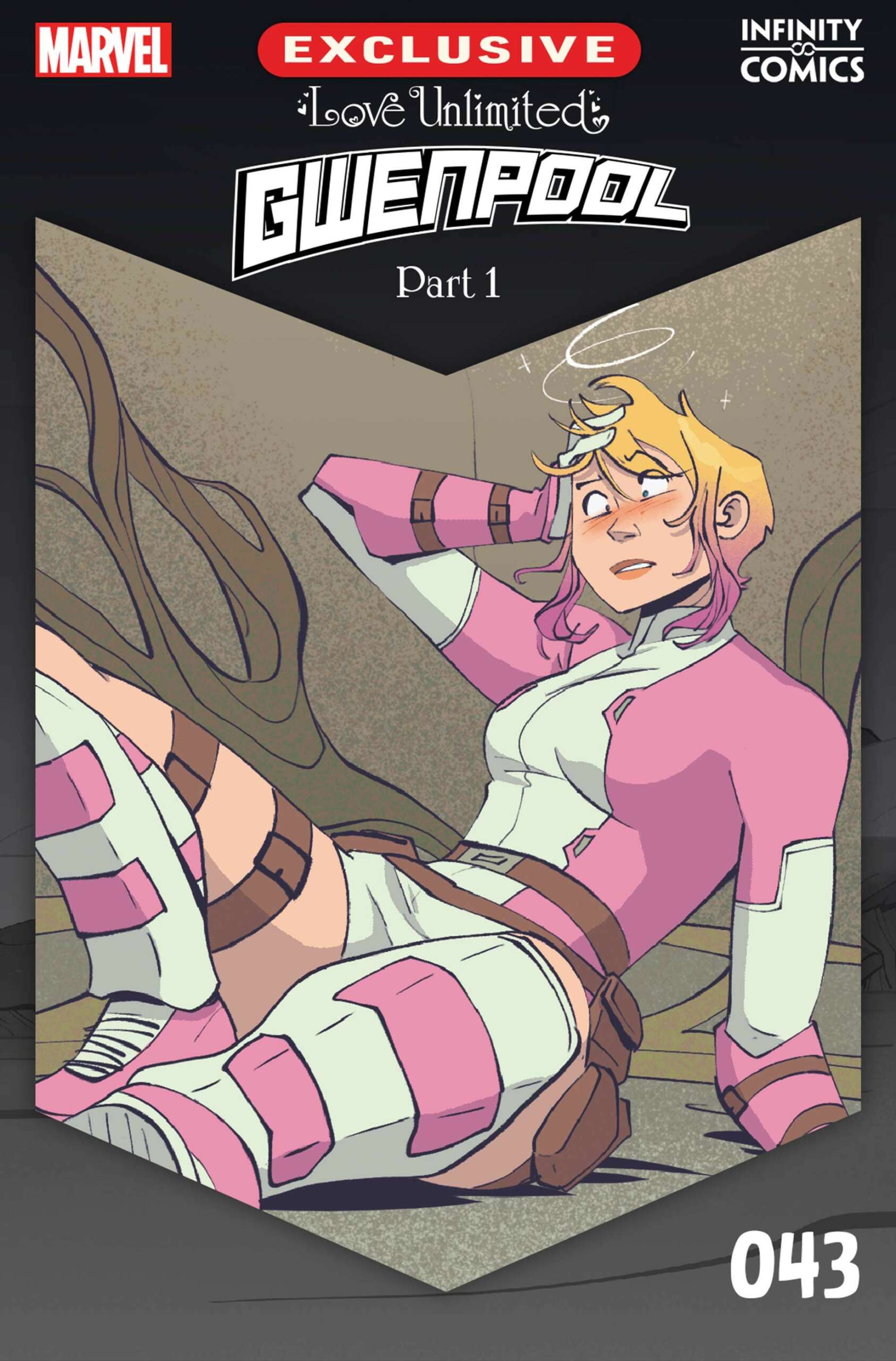
Jeremy, before we move on to more of these sorts of questions, can you take some time to bring our readers up to speed on you and what you do?
I am a writer of all sorts of things, but particularly comic books. I live in Durham, North Carolina. My brand is queer, compassionate, female forward, original stories. I’m a person who watches a lot of movies and reads a lot of books. When I find what’s in the media landscape to be disappointing or troubling, I take it as a challenge. If somebody is not making the thing you want to see, then that is all the information you need to go make that thing. I believe in telling stories with diverse characters – be it in questions of gender, race, sexuality, disability, or just diversity of experience. I believe there is a clear difference in trying to tell the stories OF diverse communities (which you should be allowing them to tell themselves) and telling stories WITH diverse characters. It’s about finding room to make every character different and make a reader who has never seen themselves on the page excited to see characters they can relate to.


Alright – so here’s a fun one. What do you think about NFTs?
NFT’s are fool’s gold. Their garbage which has no intrinsic value and smacks of creative bankruptcy. Making art that is commercially viable is not the same as making art that is currency.
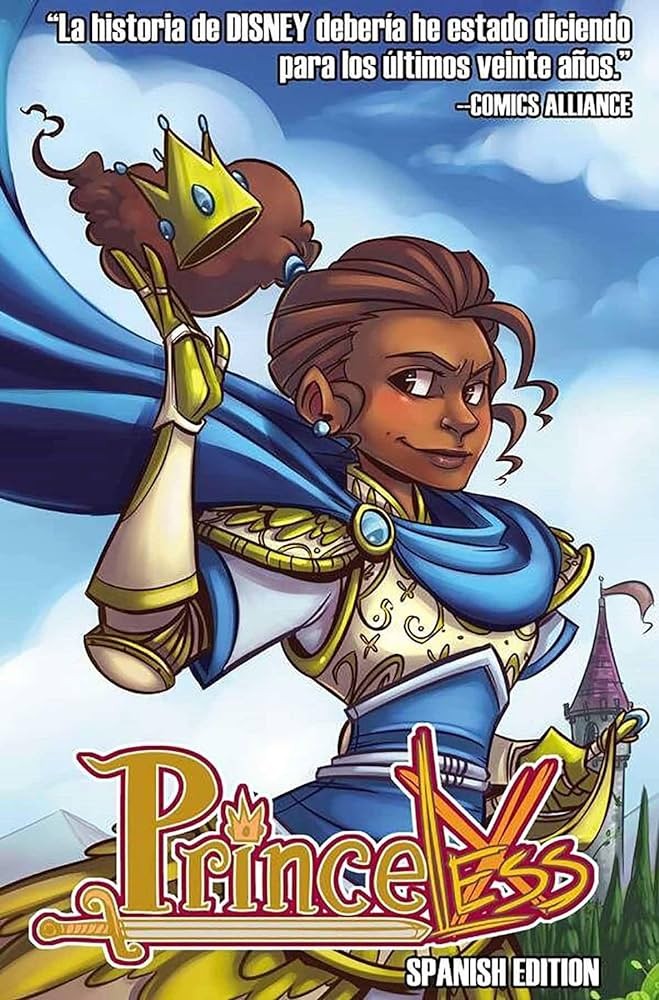
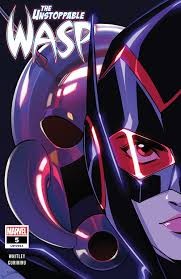
For you, what’s the most rewarding aspect of being a creative?
At the end of the day, it’s about making something good that wasn’t there before. Not every piece of art is going to turn out the way you want it to or have the scope of effect you want it to, but being able to look at the thing you made and see that you put something original and good that used to just live in your head out into the world is an achievement all its own. Being able to live and survive off of making art takes a small miracle. There is something I’m proud of in every story I’ve helped to tell in a way I can’t claim to have been proud of selling things when I worked in sales.
Contact Info:
- Website: jeremywhitley.com
- Instagram: https://www.instagram.com/jrome58/
- Linkedin: https://www.linkedin.com/in/jeremyswhitley/
- Twitter: https://twitter.com/jrome58


